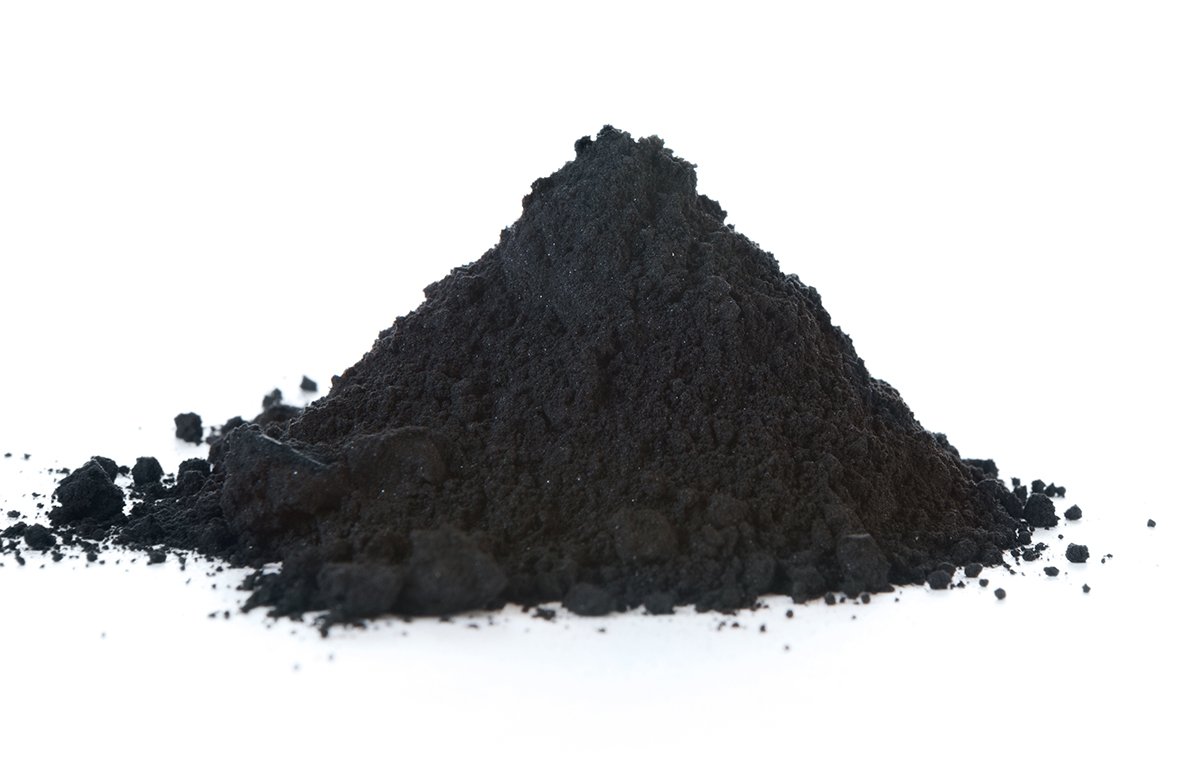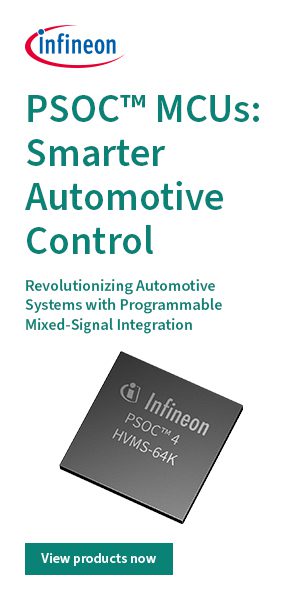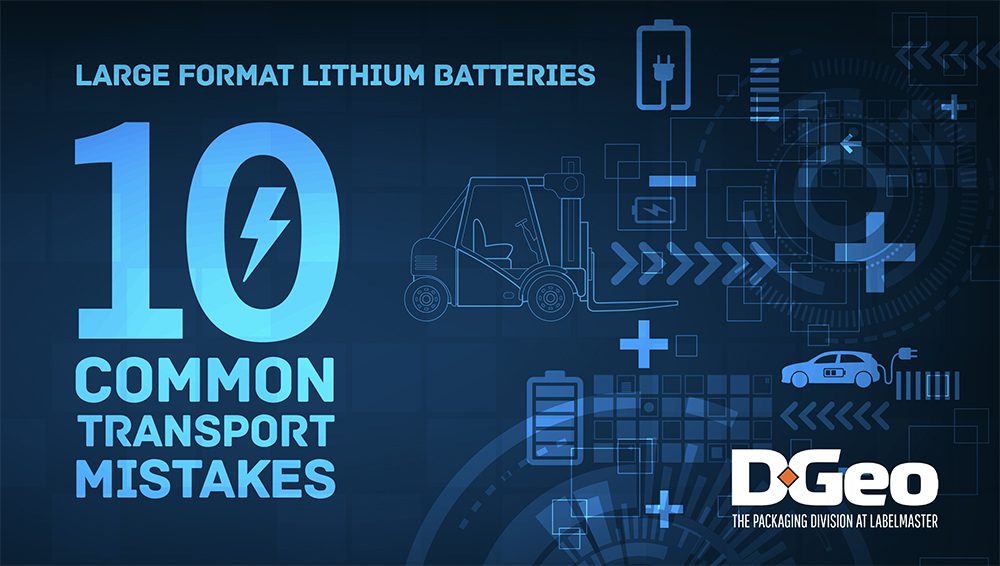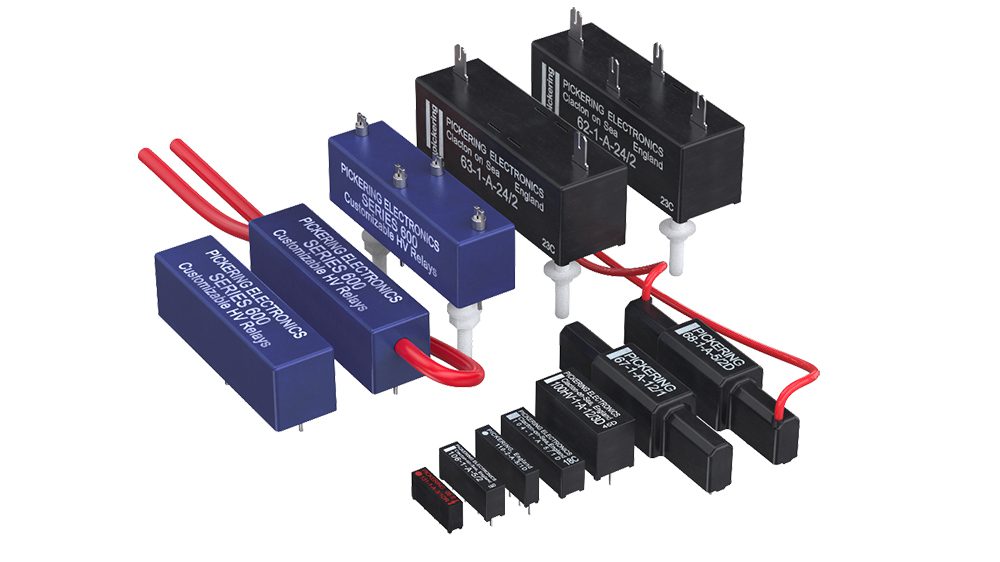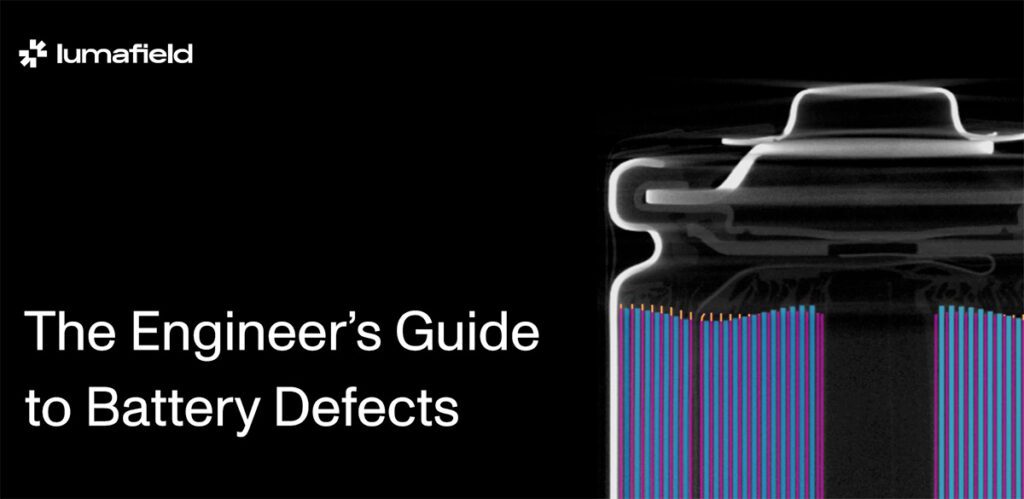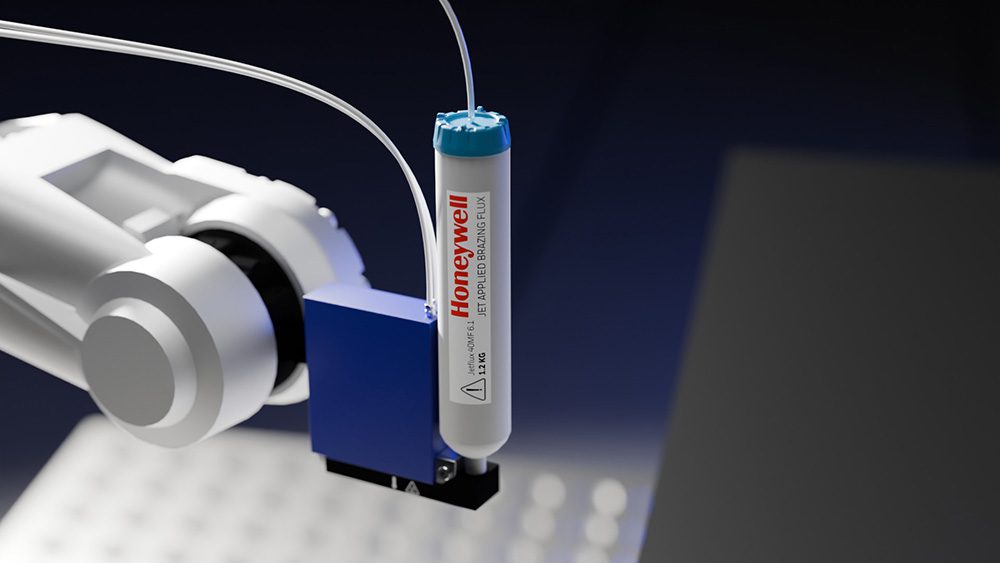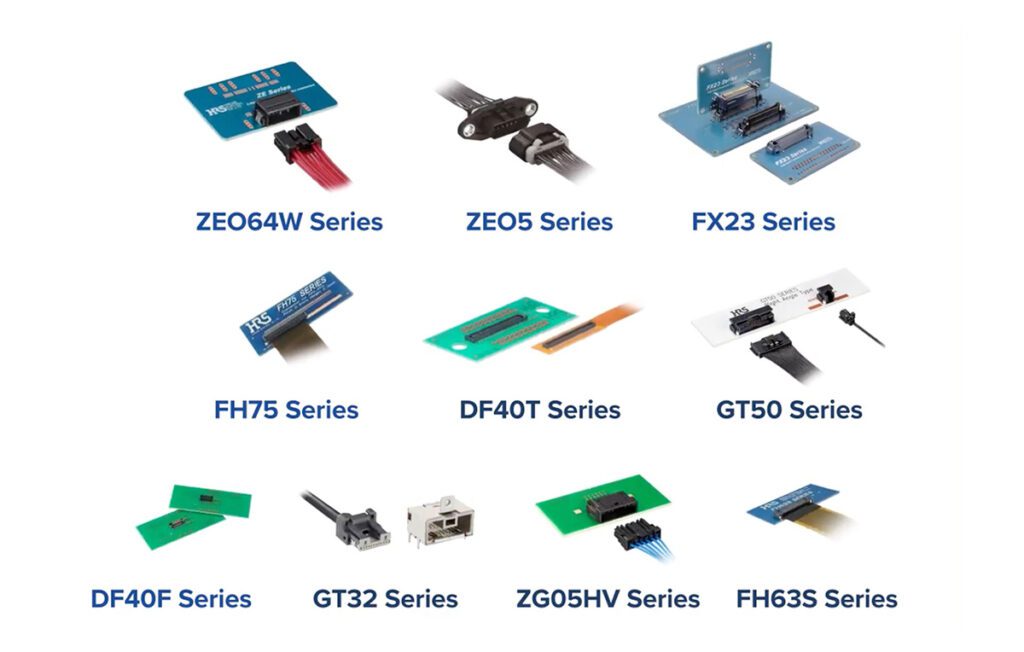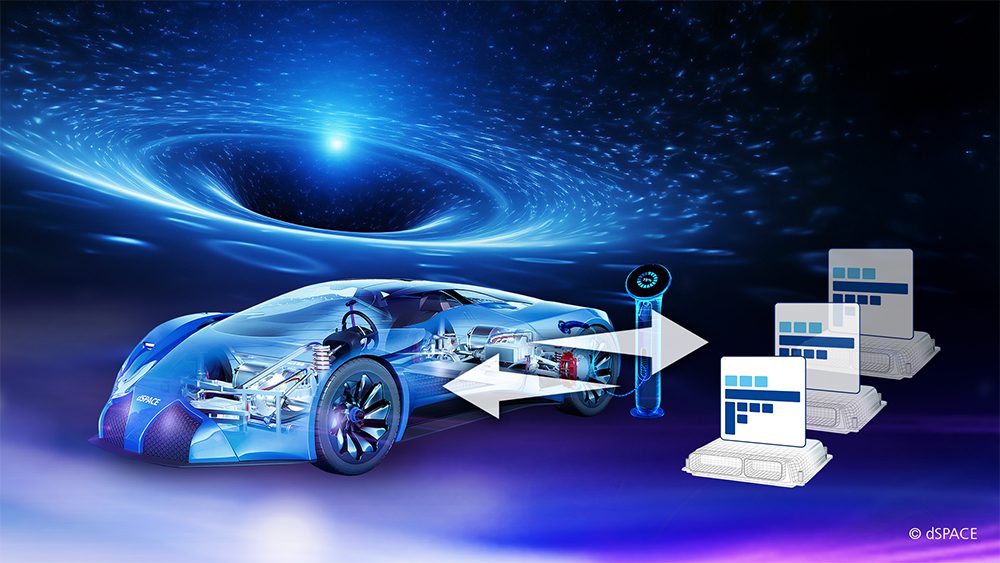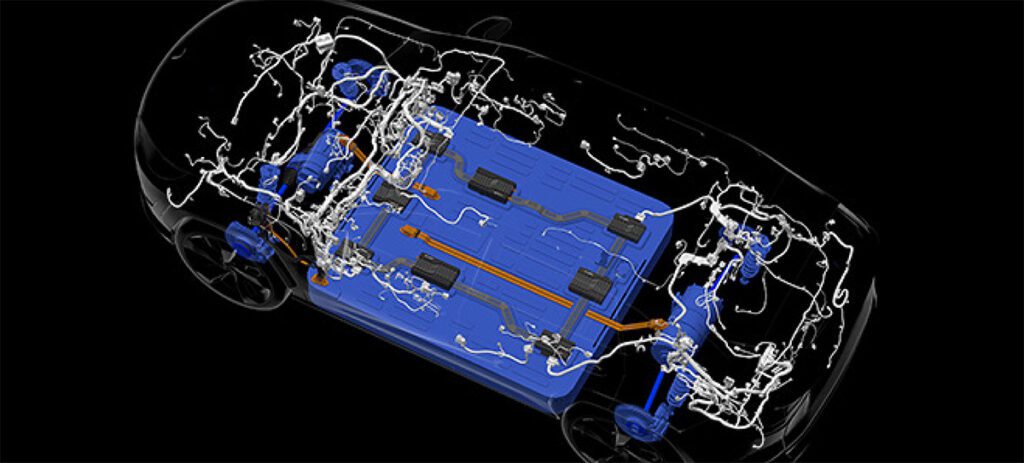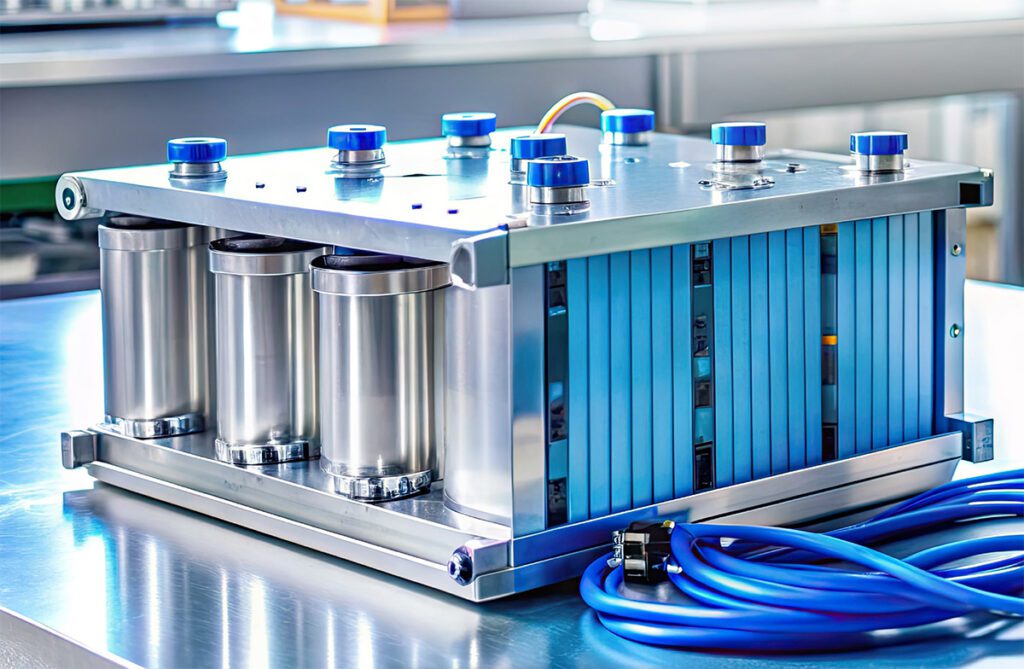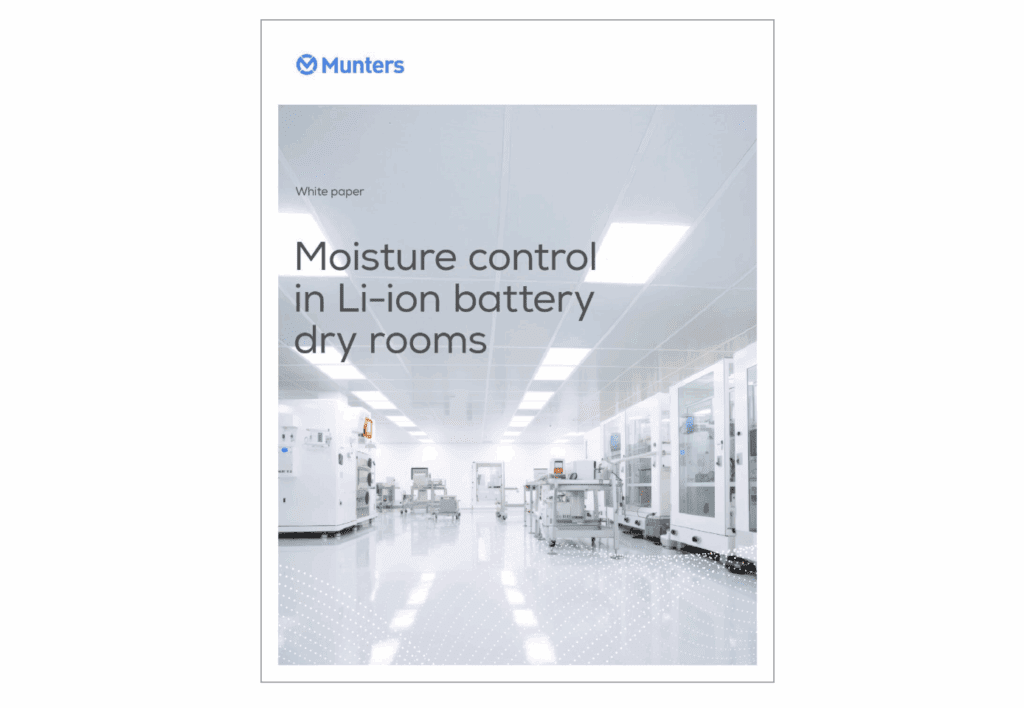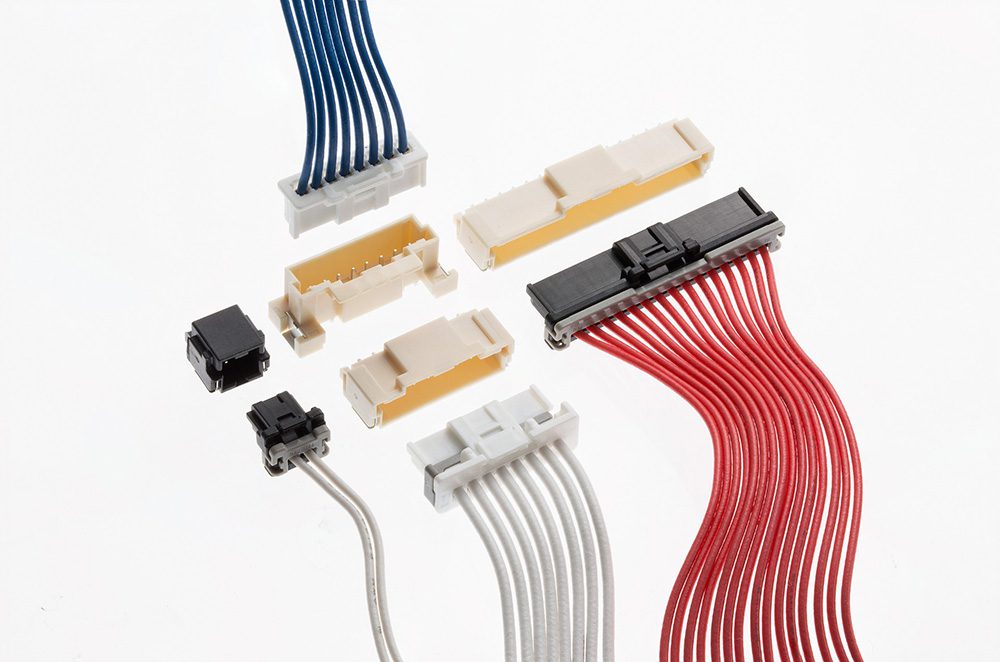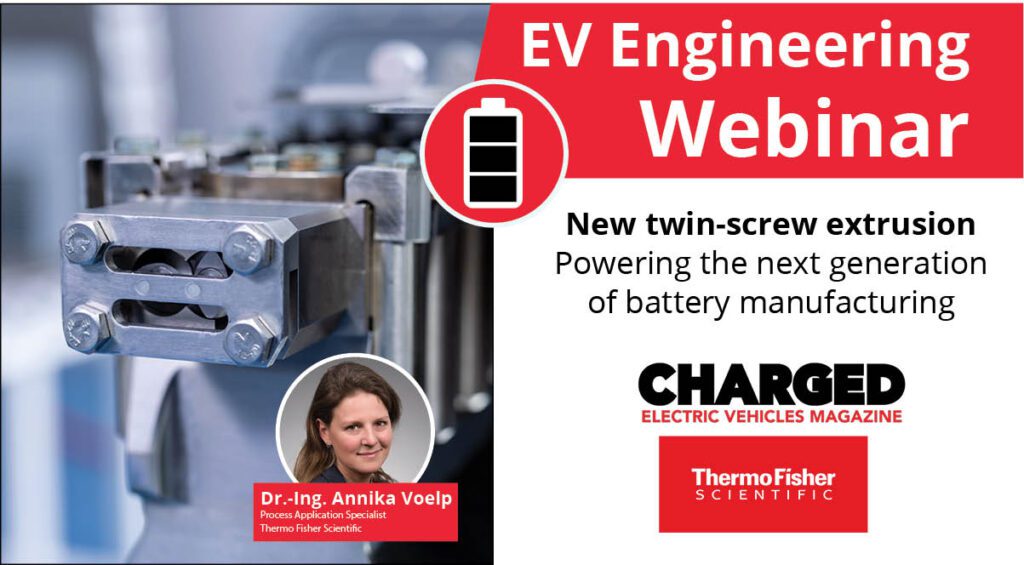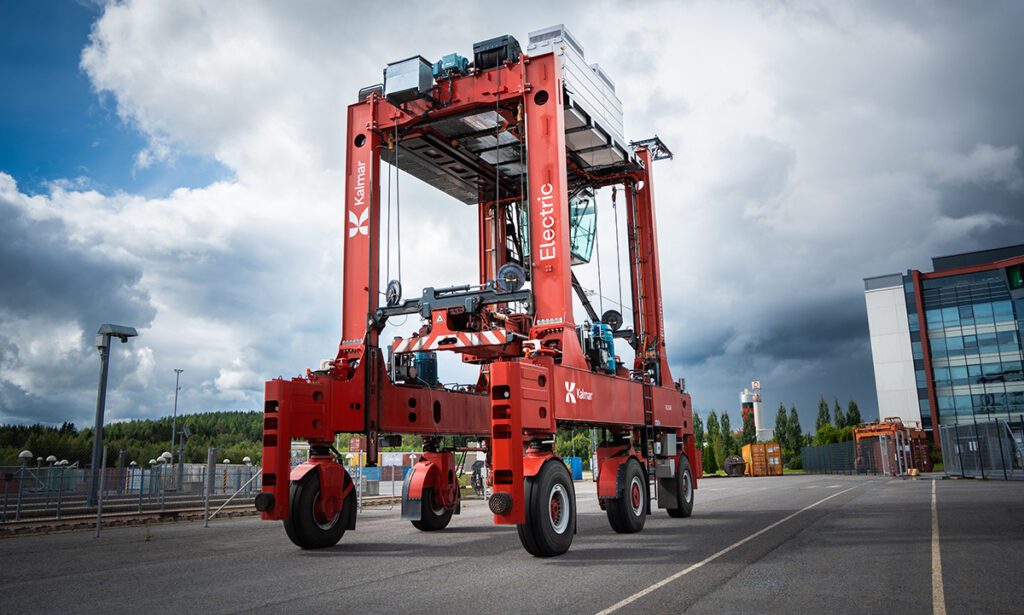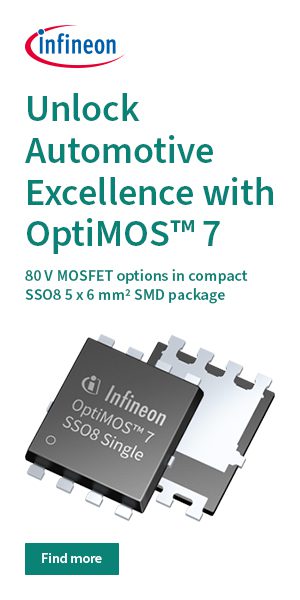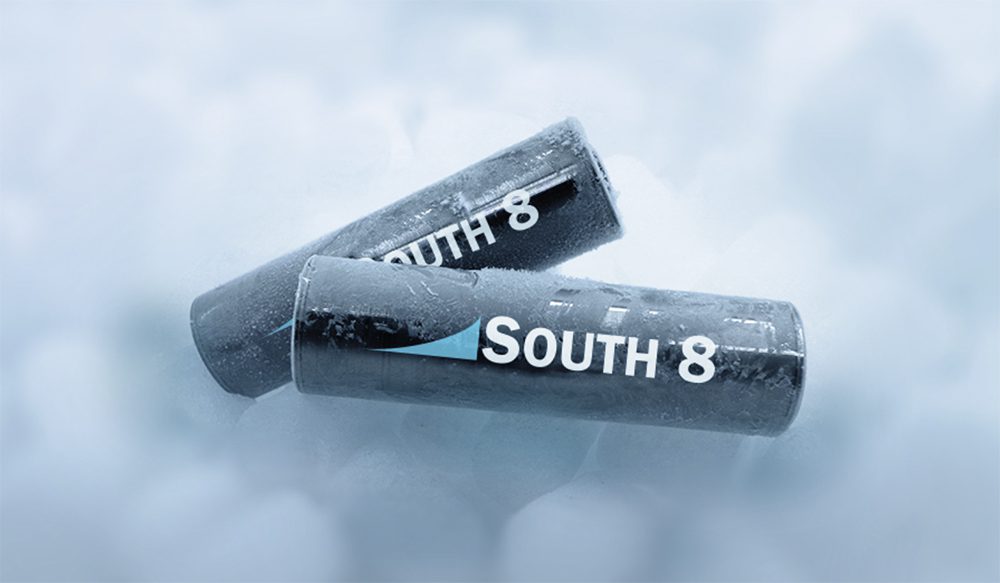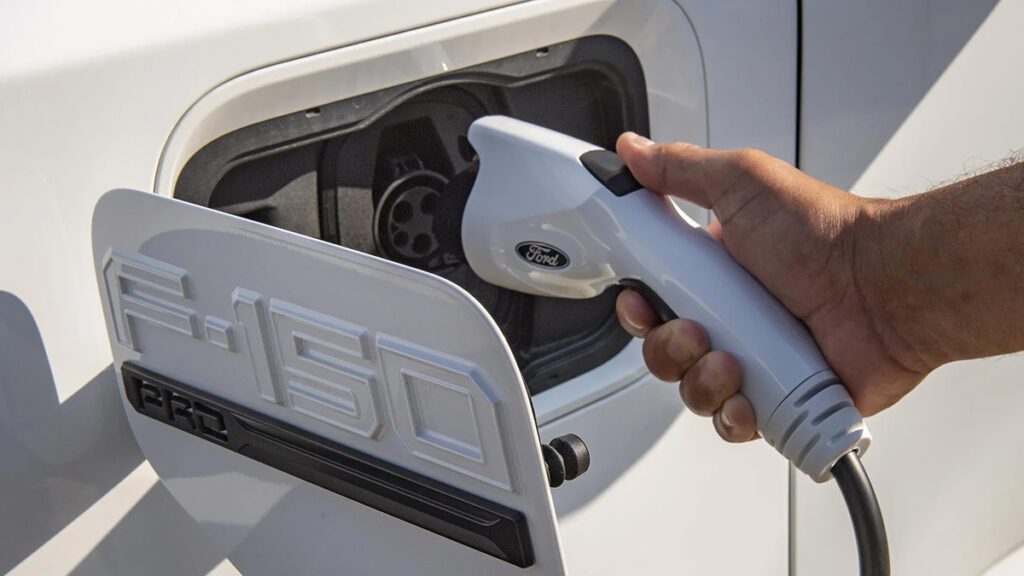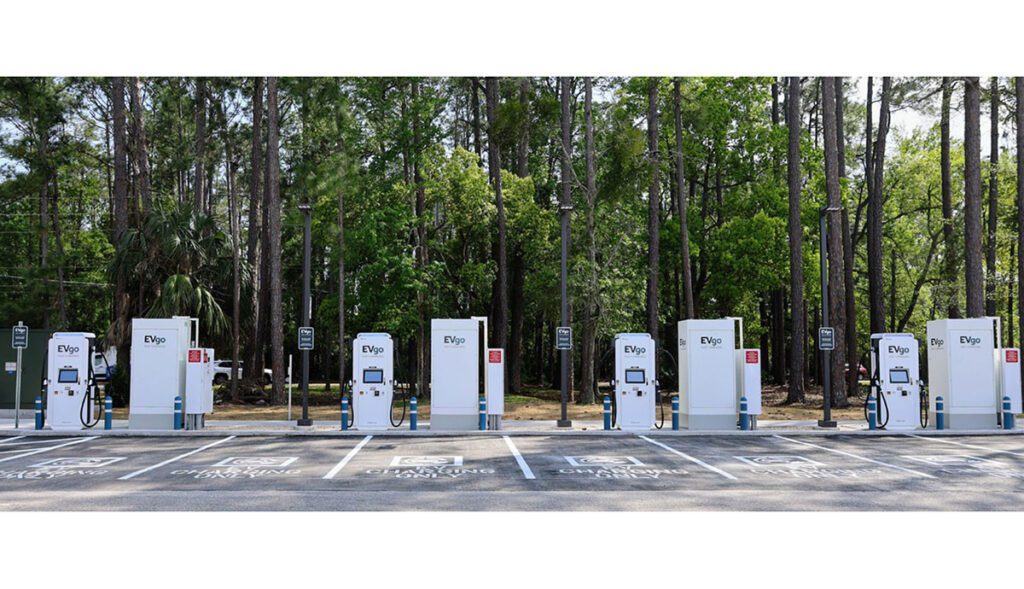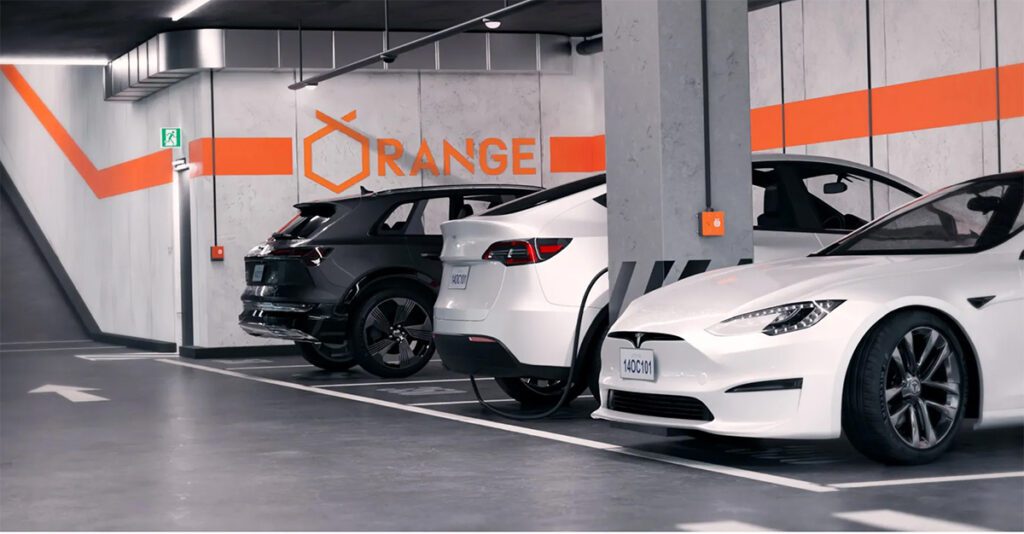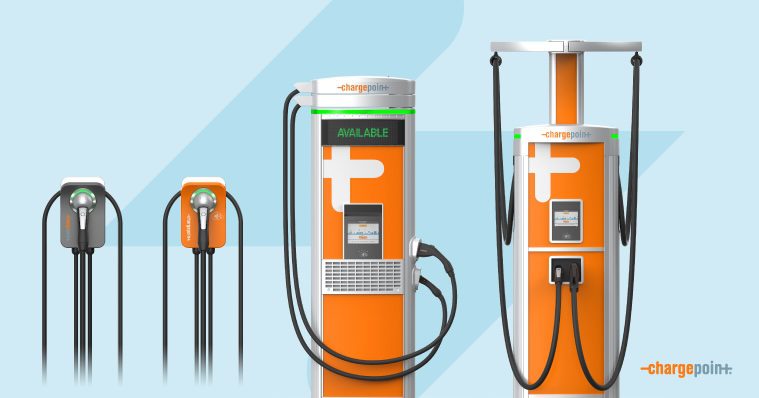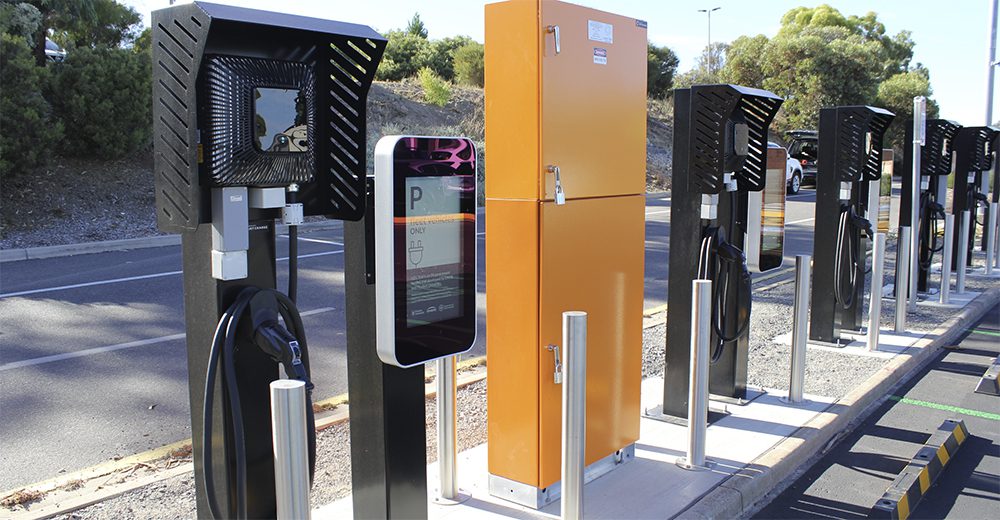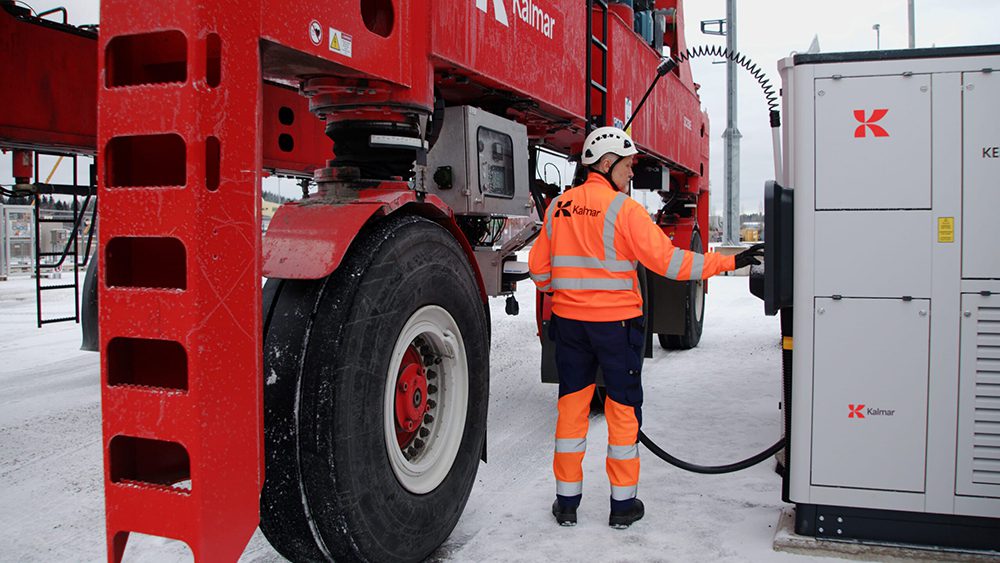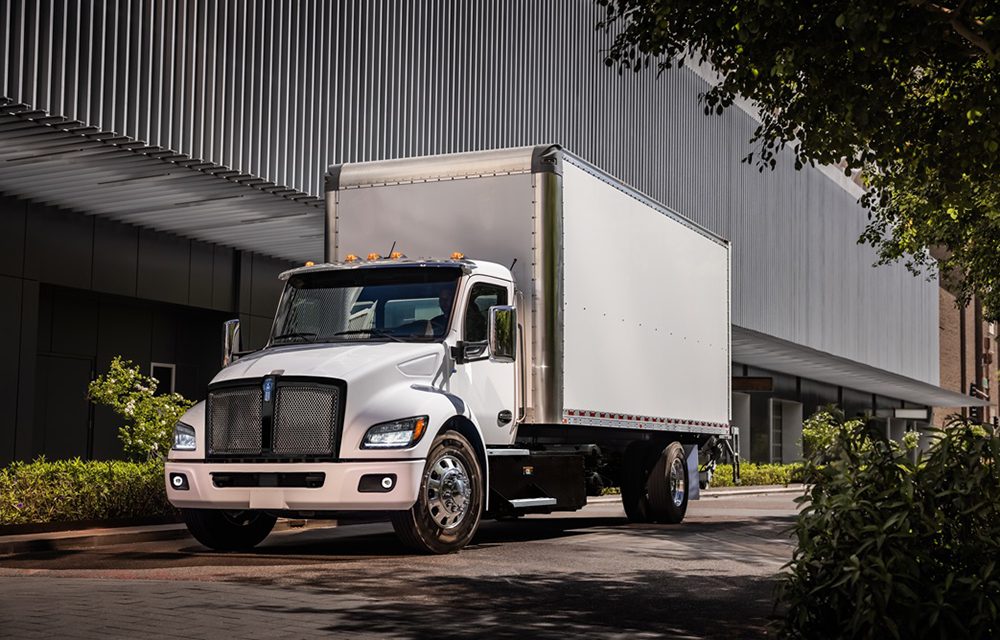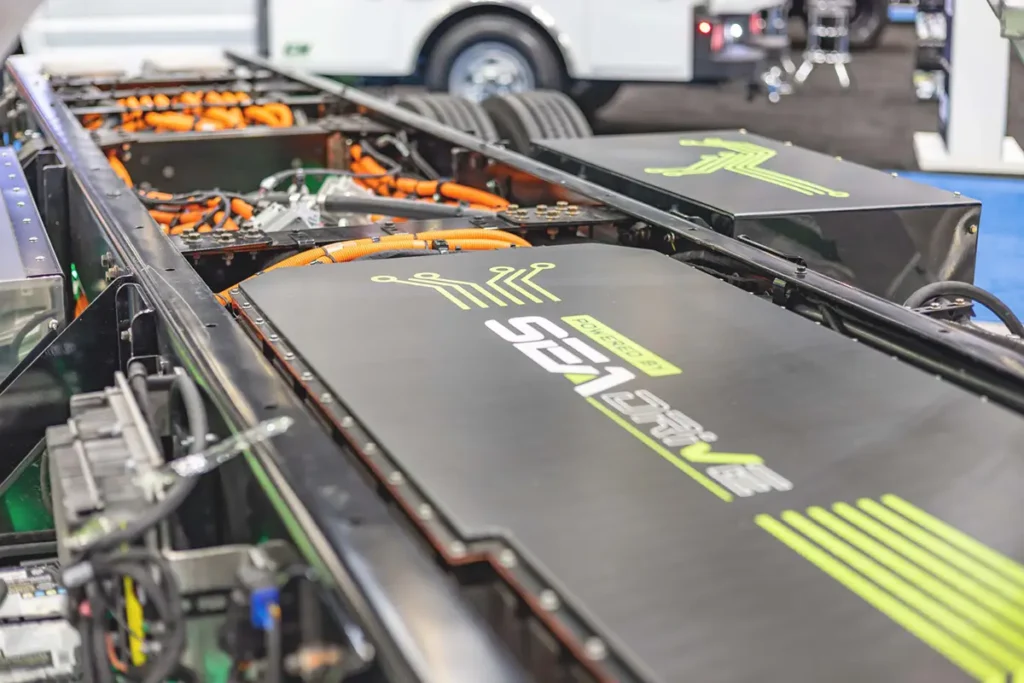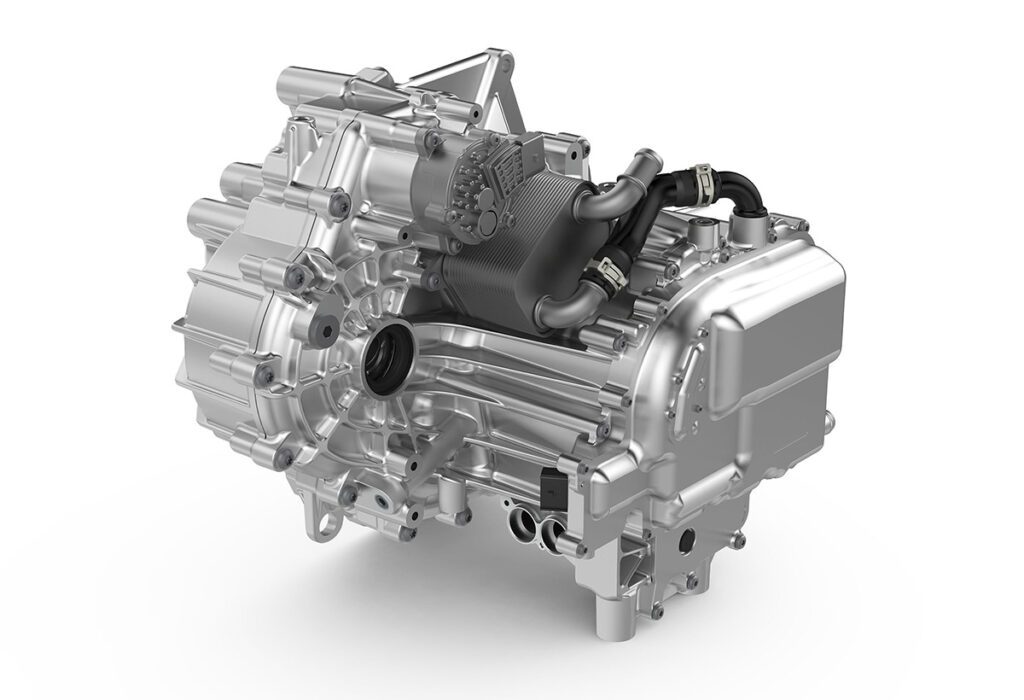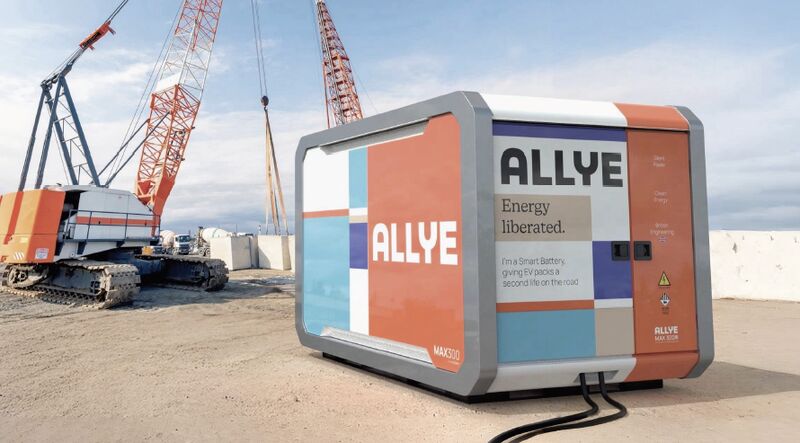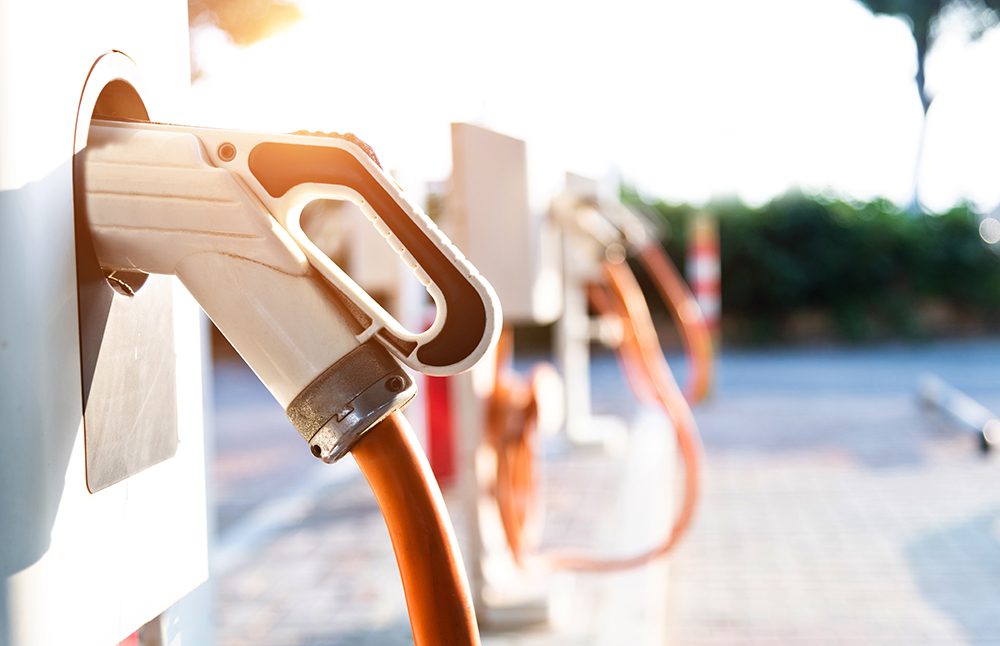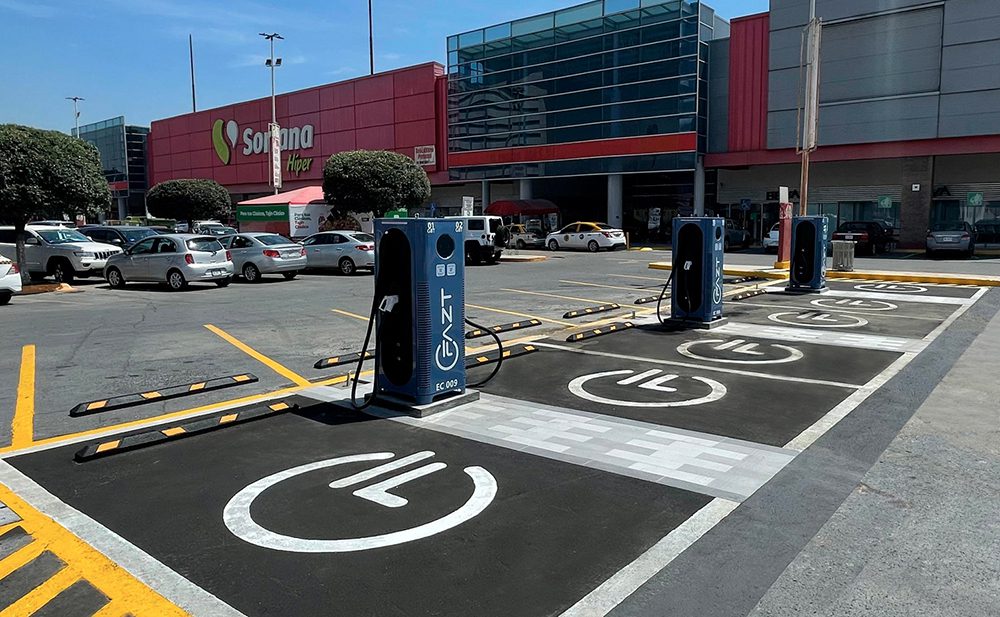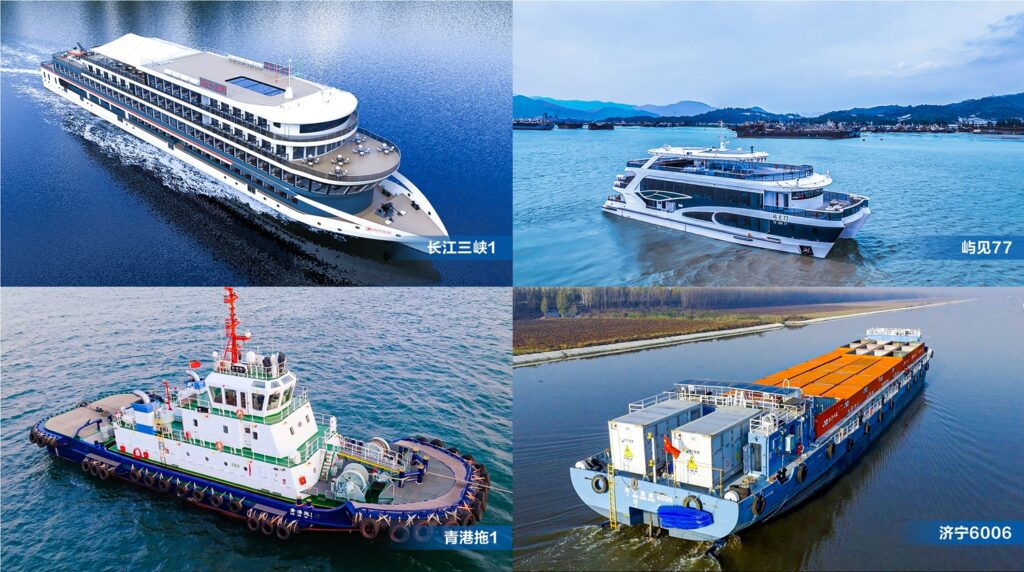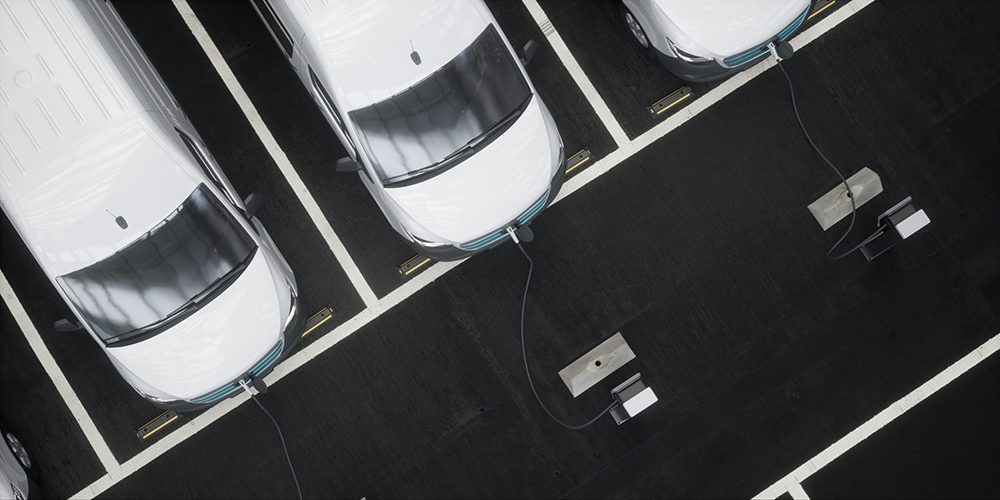Norway-headquartered Vianode, a manufacturer of synthetic graphite for battery anodes, has released the results of a life cycle assessment (LCA) of its planned industrial-scale production.
A typical EV battery pack contains around 70 kg of graphite, which represents up to 40% of battery cell emissions, based on average present-day production. Vianode says the results represent a potential CO2 emission reduction of more than 90% compared to conventional fossil-based production, according to the latest LCA results, internal company analysis data, and specialist information provider Benchmark Mineral Intelligence.
The LCA is a scope 1, 2 and 3 study—from the point of resource extraction to the factory gate—of the prospective production of battery-grade synthetic anode graphite at Vianode’s planned large-scale site. Seven internationally accepted impact categories were considered: climate change, water scarcity footprint, land use, acidification potential, particulate matter, fossil resource use, and mineral and metal resource use. The study has been certified according to the ISO-14040 and ISO-14044 standards.
Vianode plans to open its first full-scale production plant at Herøya, Norway, in the second half of 2024 and scale up to produce high-performance anode graphite solutions for 3 million EVs annually by 2030 across Europe and North America.
“Vianode’s ambition is to change the way batteries and battery materials are produced,” said Vianode CEO Burkhard Straube. “In addition to leading sustainability metrics, our solutions offer high-performance properties that enable faster charging, longer service life and better recyclability of EVs.”
Source: Vianode







